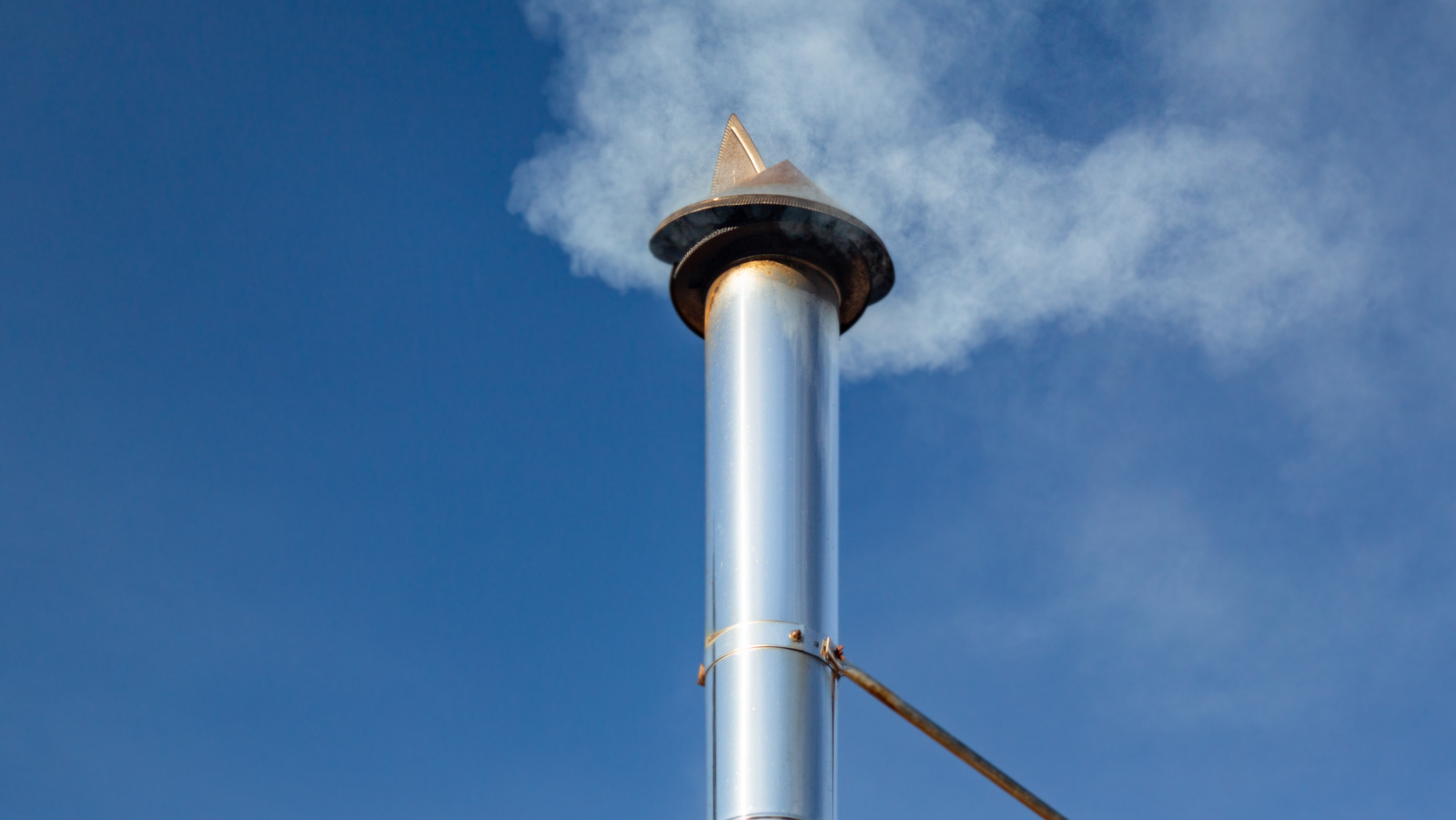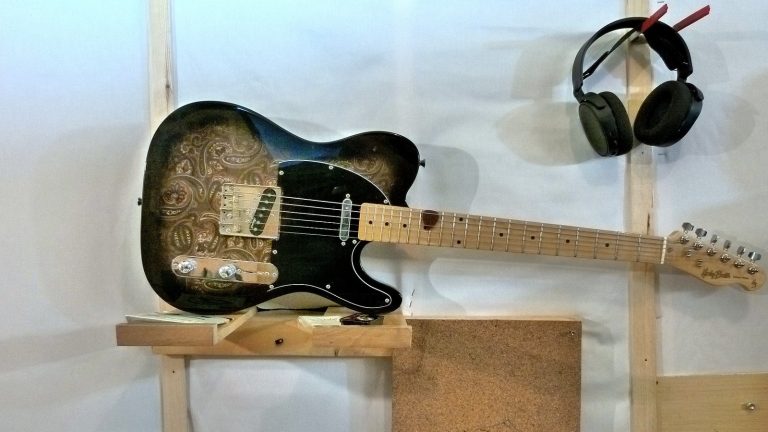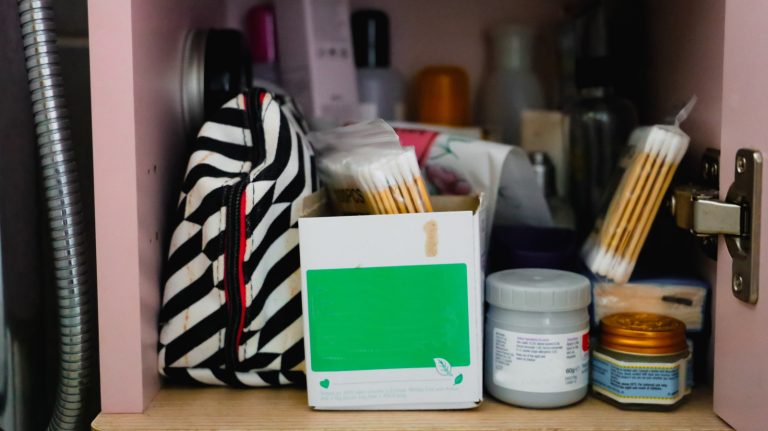
Is it safe to use galvanized stovepipe indoors? Conventional wisdom suggests that when heated, the pipe might emit toxic zinc fumes, leading to metal fume fever (MFF). These concerns often revolve around welding, although cutting galvanized steel also poses known risks. However, when evaluating the actual dangers of using a galvanized Class A double- or triple-wall stove or chimney pipe indoors, considering the temperatures associated with MFF and the typical surface temperatures (usually around 200-300 degrees) of insulated pipes, the risk appears minimal.
Some individuals do experience metal fume fever, and understanding the reasons is important. A report by the Louisiana Poison Control Center tracked MFF cases by occupation. Other terms for MFF, such as “brass founder’s ague” and “Spelter’s shakes,” indicate that sufferers typically work in industries like industrial bronzing, galvanizing, copper rolling, or zinc or galvanized iron welding. Welders accounted for 73.3% of reported cases, with 7.6% being blacksmiths and construction workers. The remaining 19.2% had unknown occupations.
The report emphasizes that awareness of MFF and considering the patient’s occupation will aid in more accurate future diagnoses, as occupational exposure is a key factor for those at risk. Understanding the difference between these professions and simply having a galvanized stovepipe at home is crucial for recognizing the likely non-risk of the latter.
The Galvanized Stovepipe: Hot Inside, Cool Outside
According to a 3M document on reducing zinc exposure, oxygen cutting and arc welding at temperatures above 932 degrees can generate zinc oxide fumes. Zinc vaporizes at about 1,742 degrees, but zinc oxide becomes airborne at around 930 degrees—a relatively low temperature compared to other metals that can cause MFF, such as antimony, arsenic, cadmium, cobalt, copper, iron, lead, magnesium, manganese, mercury, nickel, and tin.
Now, addressing the average homeowner’s concern: What happens on the outer wall of a double-wall galvanized pipe at the maximum temperatures from a wood-burning stove? Flue gas temperatures might reach 1,000 degrees, but the outer wall is typically just warm to the touch. Consequently, regulators and manufacturers prescribe a clearance between double-wall stovepipe and combustible materials of 2, 6, 8, or 9 inches. Building codes generally require 8 inches from combustible ceiling materials and 6 inches from combustible wall materials. The NFPA and UL standards for Class A stove pipe with a 2-inch clearance mandate that surface temperatures be no more than 90 degrees above ambient temperature. So, unless your living room’s ambient temperature is a sweltering 842 degrees, it’s unclear how zinc oxide fumes could be produced by the outer layer of double- or triple-wall pipe exposed to the room. Therefore, if you have extra galvanized chimney pipe, it’s reasonable to consider using it to make your stove pipe cooler to the touch indoors.






